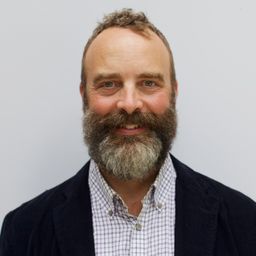Frontiers in fire ecology exist in tree-ring fire scar reconstructions of the southeastern U.S.
My Session Status
The most frequent fire regimes in the world exist in environments that balance maximum fuel production and maximum fire occurrence potential. Often these environments exist at low elevations, correspond to subtropical climates, and have long growing seasons that push the limits of reliable annual ring formation. Historical fire regimes in ecosystems with these conditions are poorly studied. We investigated fire scarring in such conditions in southwestern Georgia, USA and successfully constructed a tree-ring and fire scar chronology from 1485 to 2017 (533 years) based on cross-sections cut from 32 dead and living trees. New challenges in this work existed from the beginning stages of field sampling through the final stages of data analysis and interpretation. For example, many scars existed at or below ground line, presenting challenges in dating anomalous rings associated with basal tree flare. Many non-fire associated injuries existed and high frequency fire led to many more and smaller fire scars (n=6367) than is typical in comparable studies in temperate pine forests. High frequency fire and mixed seasonalities challenge existing fire scar history reconstruction metrics. Historical fire regime data new insights into longleaf pine forest ecology, including climate-independent fire regimes and hyperfrequent disturbance theory.
